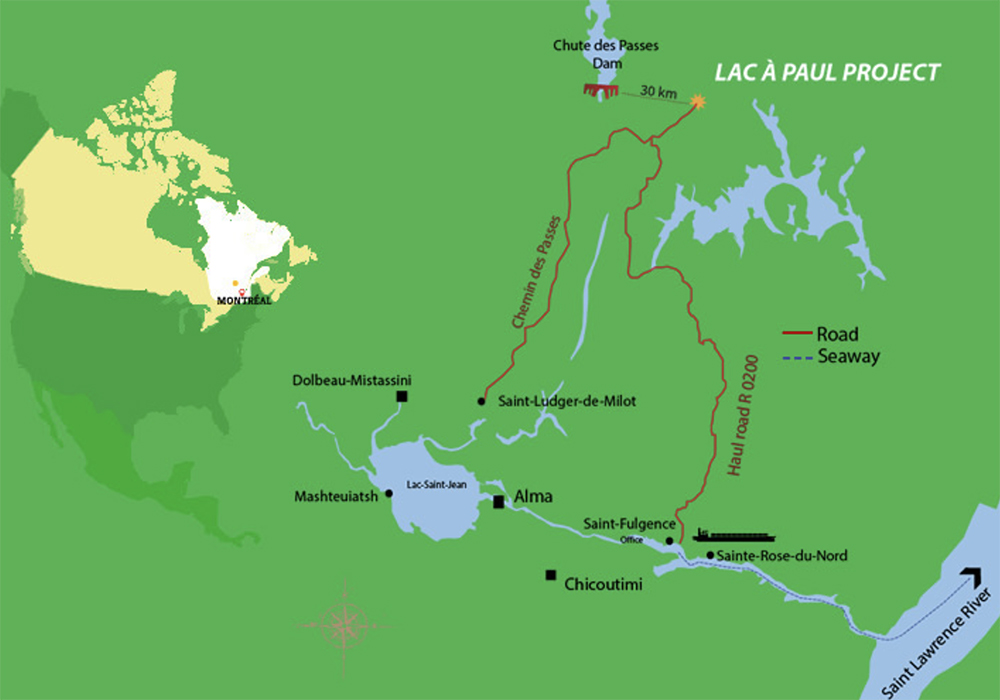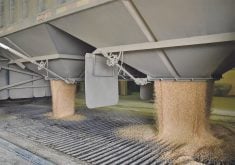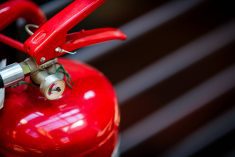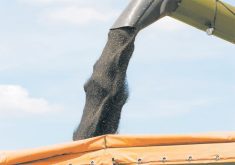As everyone knows, fertilizer prices have been rising since seeding time and warnings have been issued about supply issues next spring.
Last I checked, urea (46-0-0) was above $1,300 a tonne with phosphate (11-52-0) close behind.
Nitrogen fertilizer gets the most attention and rightly so, but it’s manufactured from compounds readily available around the world. Phosphate fertilizer, on the other hand, is dependent on the supply of phosphate rock, available in only a few regions. That’s why it’s interesting to hear that a company called Arianne Phosphate Inc. is developing a Canadian source.
Read Also

Invigor Gold variety viewed as threat to condiment mustard
Invigor Gold, the canola-quality mustard developed by BASF, is on a collision course with Canada’s condiment mustard industry. It’s difficult to see how the two can co-exist.
Brian Ostroff, president of Arianne Phosphate, spoke at the recent Farm Forum Event, providing an overview of where phosphate is currently produced and why his company’s development near Chicoutimi, Que., is so significant.
According to Arianne, 85 percent of the world’s phosphate production is used for fertilizer with expanding demand for food preservatives, animal feeds and industrial processes. In addition, there’s growing acceptance of lithium-iron-phosphate batteries among electric car manufacturers.
In the global phosphate rock market, supply is dominated by the Middle East and North Africa. About 85 percent of the phosphate rock market is integrated into fertilizer sales with companies and countries selling the manufactured fertilizer.
This year, China has halted exports of phosphate fertilizer and it accounted for about 30 percent of global sales. Observers believe China is ensuring enough supply for its domestic use. Sourcing of phosphate for batteries may also be a contributing factor.
Meanwhile, Russia has established export quotas on many fertilizers, and that has also contributed to the price escalation.
Against this backdrop, it’s easy to get excited by Arianne’s Lac à Paul project. Arianne says it’s fully permitted and construction ready. The phosphate rock is high quality and not plagued by the cadmium issues seen in other parts of the world. Low-cost hydro power provides a big benefit and the deposit is believed to be large enough to support a mining operation lasting more than 50 years.
Arianne bills Lac à Paul as one of the largest undeveloped phosphate projects in the world, claiming it is the largest undeveloped phosphate project not owned by a major fertilizer producer. It has taken years to do all the testing and get all the approvals and permits.
While it’s great to see this sort of success story, the impact on the phosphate fertilizer market will be indirect. In other words, Canadian farmers are unlikely to benefit any more than farmers elsewhere in the world.
The company’s transportation plan calls for the future phosphate concentrate to be trucked about 240 kilometres to a deep-water port on the St. Lawrence River. The company reports that several sales agreements have been signed with major international customers, including a private company in India.
So, while Arianne is positioned to become a significant new supplier of high-quality phosphate rock, it won’t manufacture phosphate fertilizer and even if it did, Western Canada would not be a logical destination given transportation realities.
In times such as these when fertilizer is expensive and observers speculate about supply, more attention is paid to all the international factors affecting supply and prices. With fertilizer being such a costly and important input, understanding world market dynamics should become a higher priority.
While Arianne won’t provide a specific advantage to western Canadian farmers, the company is helping to broaden the understanding of the worldwide phosphate fertilizer market, something most of us have only peripheral knowledge about.
Kevin Hursh is an agricultural journalist, consultant and farmer. He can be reached by e-mail at kevin@hursh.ca.


















